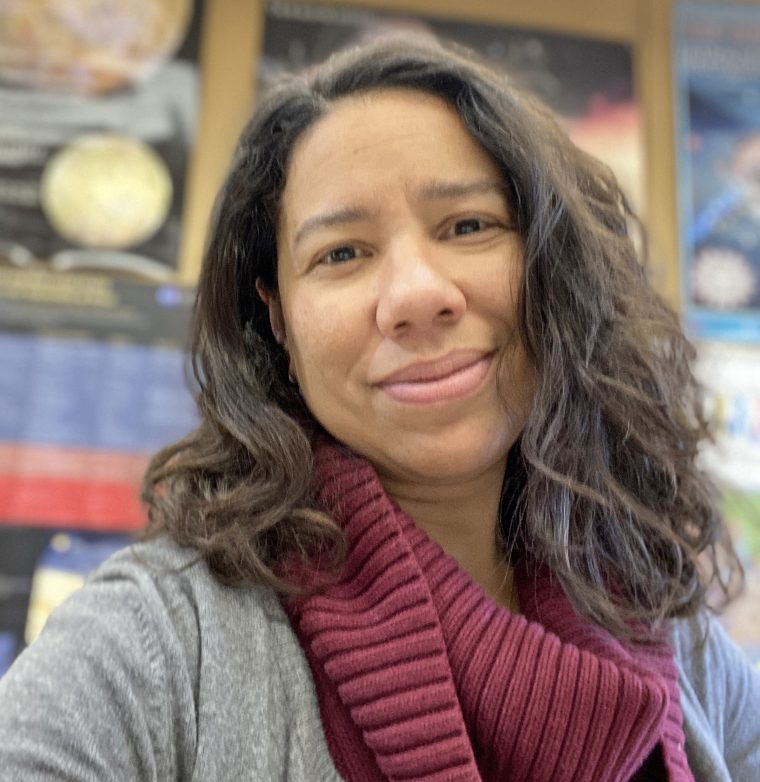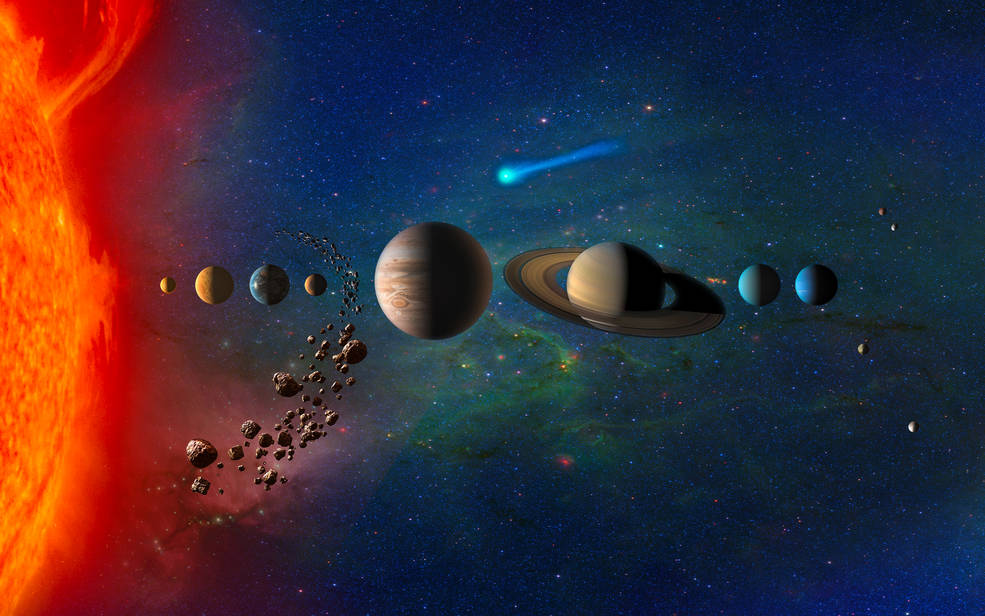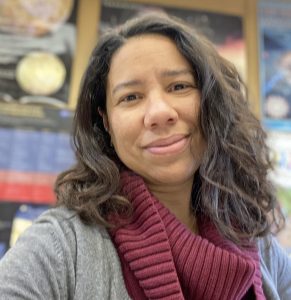$6M in NASA Funding Awarded to Projects with Contributions by Gilmore



Not one, but two spacecraft mission concepts co-developed by Martha Gilmore, George I. Seney Professor of Geology and professor of earth and environmental sciences, received second-round backing from NASA’s Discovery Program on Feb. 13. Both concepts—which were awarded $3 million each—would assess whether Venus was ever a habitable planet by examining its landscape, rocks, and atmosphere.
NASA’s Discovery Program, now in its ninth year, funds investigations to develop concept studies for new missions. Although they’re not official missions yet, the selections focus on compelling targets and science that are not covered by NASA’s active missions or recent selections. Gilmore’s projects were among four selected.
“Venus is the key to understanding how Earth-size planets evolve. Like Earth, we predict Venus had an ocean that may have lasted for billions of years. Like Earth, Venus may be volcanically and tectonically active today. These missions will target the modern and ancient history of Venus, as recorded in the rocks and the atmosphere. The oldest rocks on Venus are my speciality, and I would very much like to know what environment they record.” Gilmore said.
Gilmore’s winning project proposals are for DAVINCI+ (Deep Atmosphere Venus Investigation of Noble gases, Chemistry, and Imaging Plus) and VERITAS (Venus Emissivity, Radio Science, InSAR, Topography, and Spectroscopy).
DAVINCI+ will analyze Venus’s atmosphere to understand how it formed and evolved, and to determine whether Venus ever had an ocean. According to NASA, DAVINCI+ plunges through Venus’s inhospitable atmosphere to precisely measure its composition down to the surface. The instruments are encapsulated within a purpose-built descent sphere to protect them from the intense environment of Venus. The “+” in DAVINCI+ refers to the imaging component of the mission, which includes cameras on the descent sphere and orbiter designed to map surface rock-type.
The last US-led, in-situ mission to Venus was in 1978.
“One of the largest open questions about terrestrial planets is how they acquire and lose their volatiles, particularly water. DAVINCI+ will provide chemical measurements of the atmosphere that are necessary to understand the origin and fate of water on Earth, Mars, and exosolar worlds.” Gilmore said.
For this project, Gilmore is working with colleagues at NASA’s Goddard Space Flight Center in Greenbelt, Md.
VERITAS would map Venus’s surface to determine the planet’s geologic history and understand why Venus developed so differently than the Earth. Orbiting Venus with a synthetic aperture radar, VERITAS charts surface elevations over nearly the entire planet to create three-dimensional reconstructions of topography and confirm whether processes, such as plate tectonics and volcanism, are still active on Venus. VERITAS would also map infrared emissions from the surface to map Venus’s geology, which is largely unknown.
Gilmore is working with colleagues at NASA’s Jet Propulsion Laboratory in Pasadena, Calif.
“These selected missions have the potential to transform our understanding of some of the solar system’s most active and complex worlds,” said Thomas Zurbuchen, associate administrator of NASA’s Science Mission Directorate. “Exploring any one of these celestial bodies will help unlock the secrets of how it, and others like it, came to be in the cosmos.”
Each study will be funded for nine months and scientists are required to develop mature concepts and create a Concept Study Report. After evaluating the concept studies, NASA will continue the development of up to two missions towards flight.
The proposals were chosen based on their potential science value and feasibility of development plans following a competitive peer-review process.
The concepts were chosen from proposals submitted in 2019 under NASA Announcement of Opportunity (AO) NNH19ZDA010O, Discovery Program. The selected investigations will be managed by the Planetary Missions Program Office at NASA’s Marshall Space Flight Center in Huntsville, Ala., as part of the Discovery Program. The Discovery Program conducts space science investigations in the Planetary Science Division of NASA’s Science Mission Directorate, guided by NASA’s agency priorities and the Decadal Survey process of the National Academy of Sciences.
Established in 1992, NASA’s Discovery Program has supported the development and implementation of over 20 missions and instruments.

